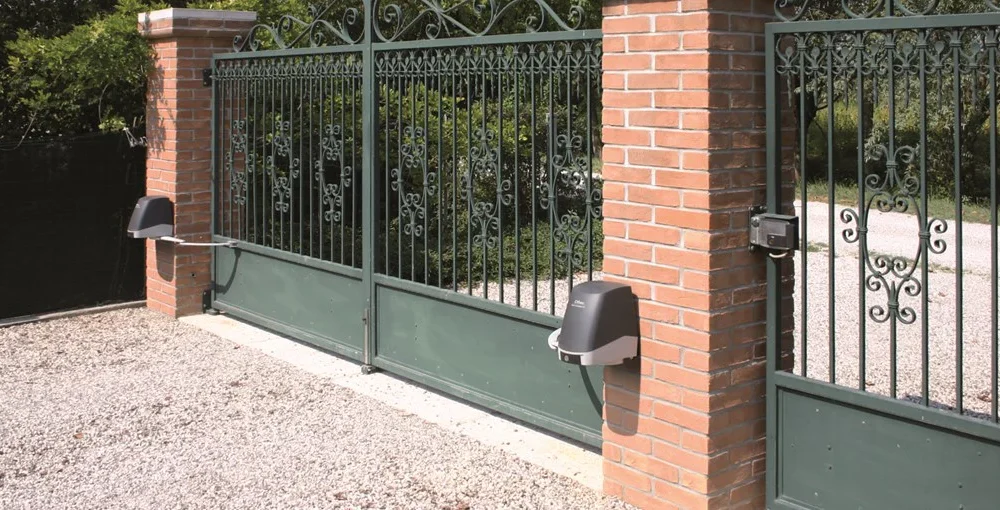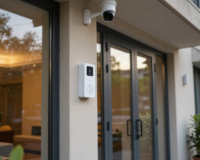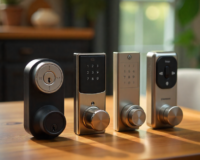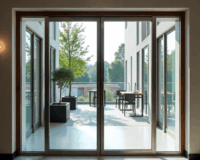Automating a gate can be a significant enhancement to any property, offering improved security, convenience, and even increasing property value. However, understanding the costs associated with such a project is crucial for proper planning and budgeting. This comprehensive guide will delve into the various factors influencing the cost of automating a gate in Australia in 2024, providing a detailed overview of what homeowners and businesses can expect.
Factors Influencing Gate Automation Costs
Several key factors affect the cost of automating a gate. These include the type and size of the gate, the automation system chosen, installation requirements, additional features, and maintenance costs.
1. Type and Size of the Gate
The type and size of the gate significantly impact the overall cost of automation. Common types of gates include:
- Swing Gates: These gates are hinged and open inward or outward, similar to a door. They are generally more straightforward to automate and can be less expensive compared to sliding gates.
- Sliding Gates: These gates slide horizontally along a track and are ideal for properties with limited space for swing gates. They typically require more complex automation mechanisms, making them more expensive.
- Bi-Folding Gates: These gates fold in the middle to open, offering a compact solution suitable for narrow spaces. Their complexity can make them more costly to automate.
The size of the gate also matters; larger and heavier gates will require more robust automation systems, increasing the overall cost.
2. Automation System
The automation system includes the motor, control unit, and additional components like sensors and remote controls. The cost of the automation system can vary based on the brand, quality, and features offered. Common types of gate motors include:
- Electromechanical Motors: Suitable for residential properties, these motors are relatively affordable and easy to install.
- Hydraulic Motors: Often used for heavy-duty applications, hydraulic motors are more expensive but offer greater durability and power.
- Solar-Powered Motors: These environmentally friendly options can reduce ongoing electricity costs but have higher initial installation costs.
3. Installation Requirements
Installation costs can vary based on the complexity of the project. Factors influencing installation costs include:
- Electrical Work: Connecting the gate automation system to the property’s electrical supply can add to the cost, especially if significant wiring work is required.
- Structural Modifications: Adjustments to the existing gate structure or surrounding area, such as adding support posts or tracks, can increase costs.
- Labor: Professional installation ensures the system is set up correctly and safely. Labor costs will vary depending on the complexity of the installation and the region in Australia.
4. Additional Features
Additional features can enhance the functionality and security of an automated gate but will also increase costs. These features include:
- Intercom Systems: Allowing communication with visitors before granting access.
- CCTV Cameras: Enhancing security by monitoring gate activity.
- Keypad Entry: Providing an alternative to remote controls for access.
- Safety Sensors: Preventing the gate from closing on people or vehicles.
5. Maintenance Costs
Regular maintenance is essential to ensure the longevity and reliable operation of an automated gate. Maintenance costs can include periodic servicing, repairs, and parts replacement. It’s essential to consider these ongoing costs when budgeting for gate automation.
Average Costs for Gate Automation in Australia (2024)
Given the various factors, the cost of automating a gate in Australia can range widely. Here is a breakdown of estimated costs based on gate type and size, automation system, and additional features.
Swing Gate Automation Costs
- Single Swing Gate: Automating a single swing gate typically costs between AUD 1,500 and AUD 3,500. This price includes a basic electromechanical motor, installation, and standard features like remote controls.
- Double Swing Gate: For double swing gates, the cost ranges from AUD 3,000 to AUD 6,000, reflecting the need for two motors and additional installation work.
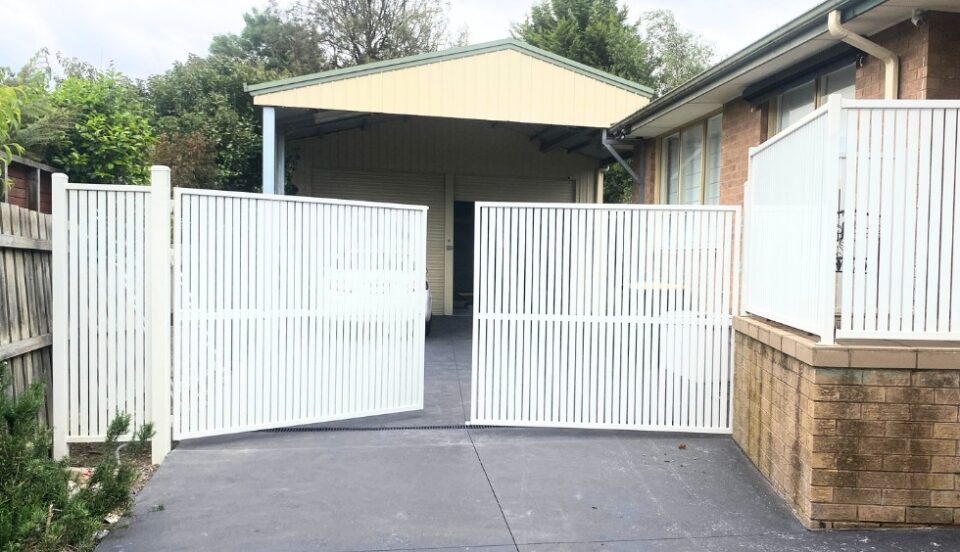
Read more: How to Choose the Right Automatic Swing Gate Openers
Sliding Gate Automation Costs
- Standard Sliding Gate: Automating a sliding gate usually costs between AUD 2,500 and AUD 5,000. This price includes a motor, track installation, and remote controls.
- Heavy-Duty Sliding Gate: For larger or industrial sliding gates, costs can range from AUD 4,000 to AUD 8,000, due to the need for more powerful motors and reinforced tracks.
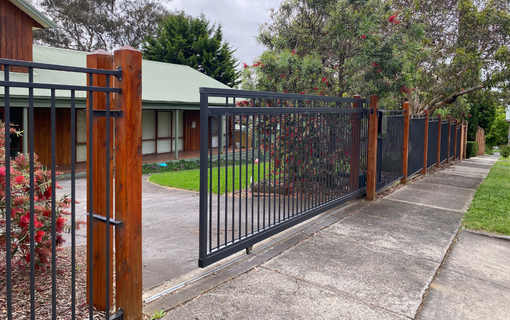
Read more: How Do Automated Sliding Gates Work?
Bi-Folding Gate Automation Costs
- Residential Bi-Folding Gate: Automating a bi-folding gate can cost between AUD 3,500 and AUD 7,000, depending on the size and complexity of the folding mechanism.
- Commercial Bi-Folding Gate: For commercial applications, costs can range from AUD 6,000 to AUD 12,000, reflecting the need for heavy-duty components and additional security features.
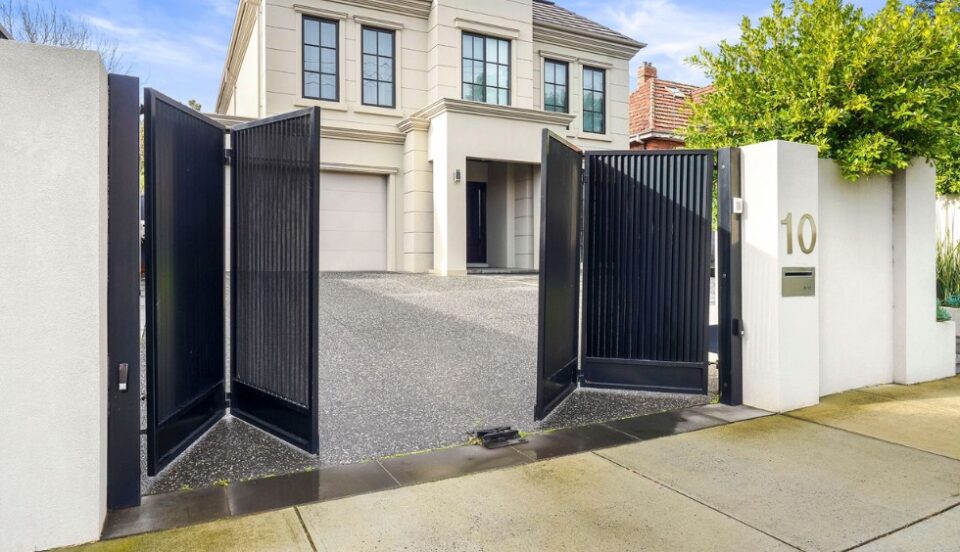
Additional Features Costs
- Intercom Systems: Adding an intercom system can cost between AUD 500 and AUD 1,500, depending on the complexity and features.
- CCTV Cameras: Installing CCTV cameras can range from AUD 300 to AUD 1,000 per camera, plus installation costs.
- Keypad Entry: Keypad entry systems typically cost between AUD 200 and AUD 600.
- Safety Sensors: Adding safety sensors can cost between AUD 200 and AUD 500.
Maintenance Costs
- Annual Servicing: Regular servicing can cost between AUD 150 and AUD 300 per year, depending on the system and service provider.
- Repairs and Parts: Costs for repairs and parts replacement can vary widely, but it’s wise to budget around AUD 200 to AUD 500 annually for unexpected issues.
Cost Comparison with DIY Installation
Some homeowners may consider a DIY approach to save on installation costs. While this can reduce initial expenses, it’s essential to weigh the pros and cons carefully.
Pros of DIY Installation
- Cost Savings: DIY installation can save on labor costs, potentially reducing the overall expense by several hundred dollars.
- Flexibility: Homeowners can work at their own pace and schedule, potentially avoiding the need to coordinate with contractors.
Cons of DIY Installation
- Complexity: Gate automation involves electrical work and precise installation, which can be challenging for those without experience.
- Safety: Incorrect installation can lead to safety hazards, such as gates malfunctioning or causing injury.
- Warranty: Many manufacturers require professional installation to honor warranties, so DIY installation could void these protections.
Given these considerations, many homeowners opt for professional installation to ensure safety, reliability, and warranty compliance.
Regional Cost Variations in Australia
Costs for gate automation can vary significantly across different regions in Australia due to factors like labor rates, availability of materials, and local demand. Here’s a brief overview of regional cost variations:
- Sydney and Melbourne: These major cities typically have higher labor costs, which can increase overall installation expenses. Expect prices to be on the higher end of the ranges provided.
- Brisbane and Perth: While still major cities, labor and material costs may be slightly lower than in Sydney and Melbourne, resulting in moderate pricing.
- Adelaide and Canberra: These cities often have lower labor costs, potentially making gate automation more affordable.
- Regional Areas: In more remote or regional areas, costs can vary widely. Transportation of materials and availability of skilled labor can influence prices, sometimes leading to higher costs than in urban areas.
Government Regulations and Permits
When planning to automate a gate, it’s essential to consider local government regulations and permit requirements. Regulations can vary by state and municipality, and compliance is crucial to avoid fines and ensure safety standards are met.
Common Regulatory Considerations
- Building Permits: Some local councils require building permits for gate installation and automation, particularly if structural modifications are involved.
- Electrical Work: Any electrical work must comply with Australian standards, and a licensed electrician should perform it.
- Safety Standards: Automated gates must meet specific safety standards to prevent accidents and injuries. This includes installing safety sensors and ensuring the gate can be manually operated in an emergency.
Obtaining Permits
Homeowners should check with their local council or a professional installer to determine if permits are required for their specific project. The process typically involves submitting an application with details of the proposed installation, including plans and specifications.
Tips for Choosing a Gate Automation Provider
Selecting the right provider is crucial for a successful gate automation project. Here are some tips to help homeowners make an informed choice:
1. Research and Compare Providers
Look for fencing and gate providers in Melbourne with positive reviews and a strong reputation in the industry. Compare quotes from multiple providers to ensure competitive pricing.
2. Check Credentials
Ensure the provider is licensed and insured. This includes verifying that electricians and other professionals involved are appropriately certified.
3. Ask for References
Request references from past clients to gauge the provider’s reliability, quality of work, and customer service.
4. Evaluate Warranties and Support
Choose a provider that offers comprehensive warranties on both the automation system and installation work. Additionally, consider the availability of ongoing support and maintenance services.
5. Consider Experience
Experience matters in gate automation. Providers with a long track record are likely to have the expertise needed to handle various challenges and ensure a smooth installation process.
Conclusion
Automating a gate in Australia in 2024 involves a range of costs influenced by factors such as gate type, automation system, installation requirements, additional features, and maintenance. On average, homeowners can expect to spend between AUD 1,500 and AUD 12,000, depending on the complexity and specifications of the project. While DIY installation can save on initial costs, professional installation is recommended for safety, reliability, and warranty compliance. Regional cost variations, government regulations, and choosing the right provider are also critical considerations for a successful gate automation project. By understanding these factors, homeowners can make informed decisions and enjoy the benefits of enhanced security, convenience, and property value.

